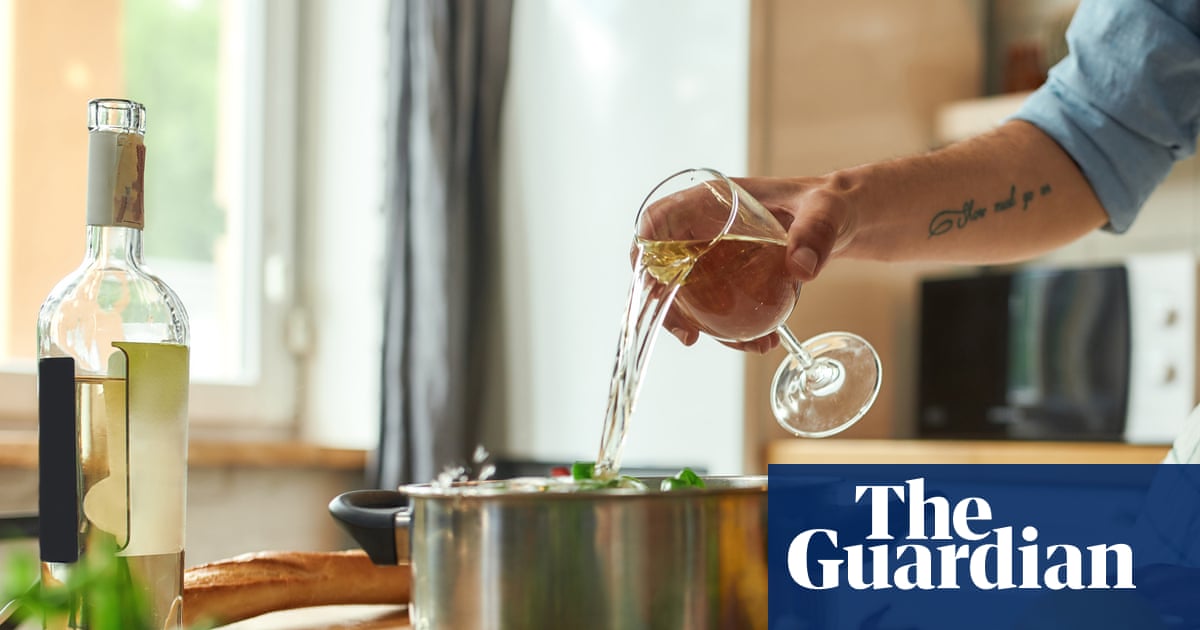
"Learn more. That said, I haven't always seen the point of cooking with wine, and particularly of cooking wine. Apparently, the general rule is never to cook with any wine that you wouldn't drink, so there's me told, because I used to treat wine merely as a descaler for those tasty burnt bits at the bottom of the pan. No more will I slosh wine I'd sooner thin my nail polish with into casseroles and stews."
"I asked a few gastronomic authorities how best to use the stuff in my cooking, and it turns out it's an excellent way to use up leftover wine that may otherwise turn into vinegar. First, what you start with is crucial. The wine shouldn't be faulty in any way, not least because, while you can burn off the alcohol, you won't be able to eradicate any further sins, unless you want the unmistakable wet dog aroma of corked wine permeating your meal. Yeugh."
"But you can take things a step farther and incorporate wine into the ingredients themselves. Chef-patron of Jikoni and Guardian columnist Ravinder Bhogal uses it to make a compound butter. I never waste dregs, she says. I like to reduce a large glass of leftover wine with a chopped shallot by about two-thirds, then fold it into 250g softened butter, which I then roll into a log of greaseproof paper and keep in the fridge."
Cooking with wine enhances flavor, serves practical functions like deglazing, and offers ways to use leftover wine before it becomes vinegar. Use only non-faulty, drinkable wine because faults such as cork taint cannot be removed by cooking. Basic pairing follows red wine for red meat and white wine for white meat and fish, with examples like Beaujolais for beef casseroles and sauvignon for chicken pot pie. Wine can be incorporated into ingredients by reducing it with shallot and folding into softened butter to make a compound butter, then chilled as a flavored log for easy use.
Read at www.theguardian.com
Unable to calculate read time
Collection
[
|
...
]